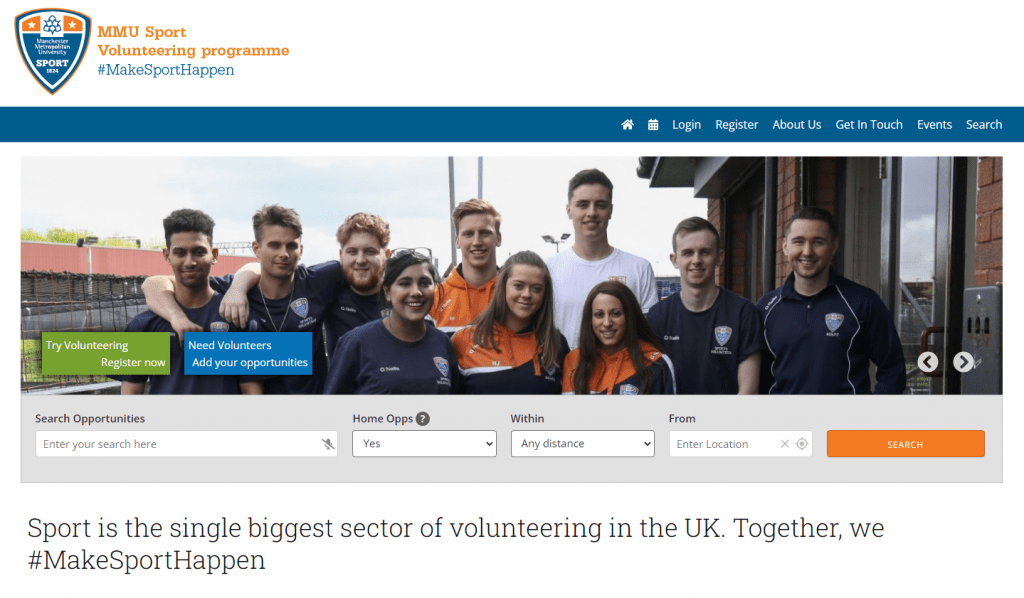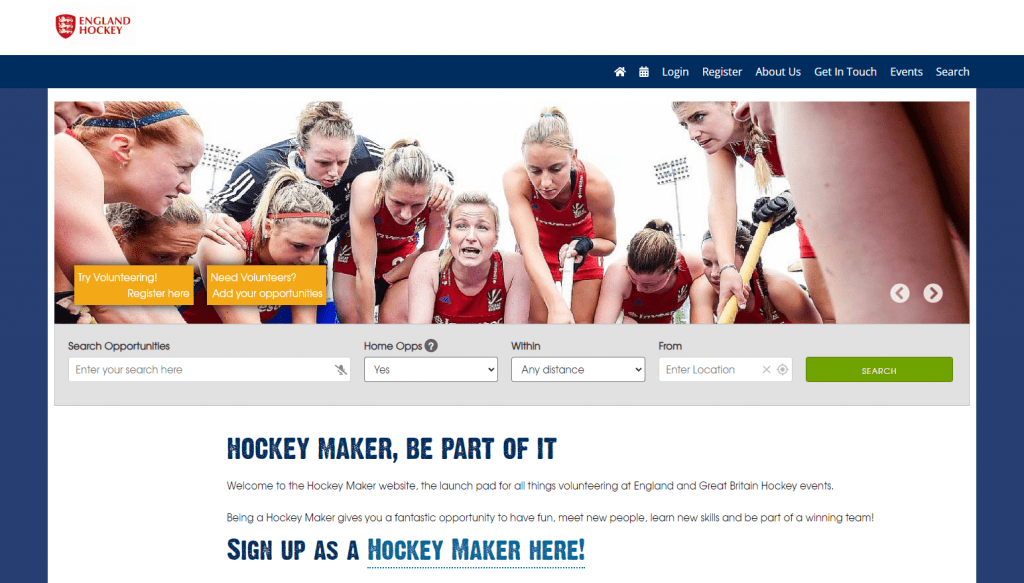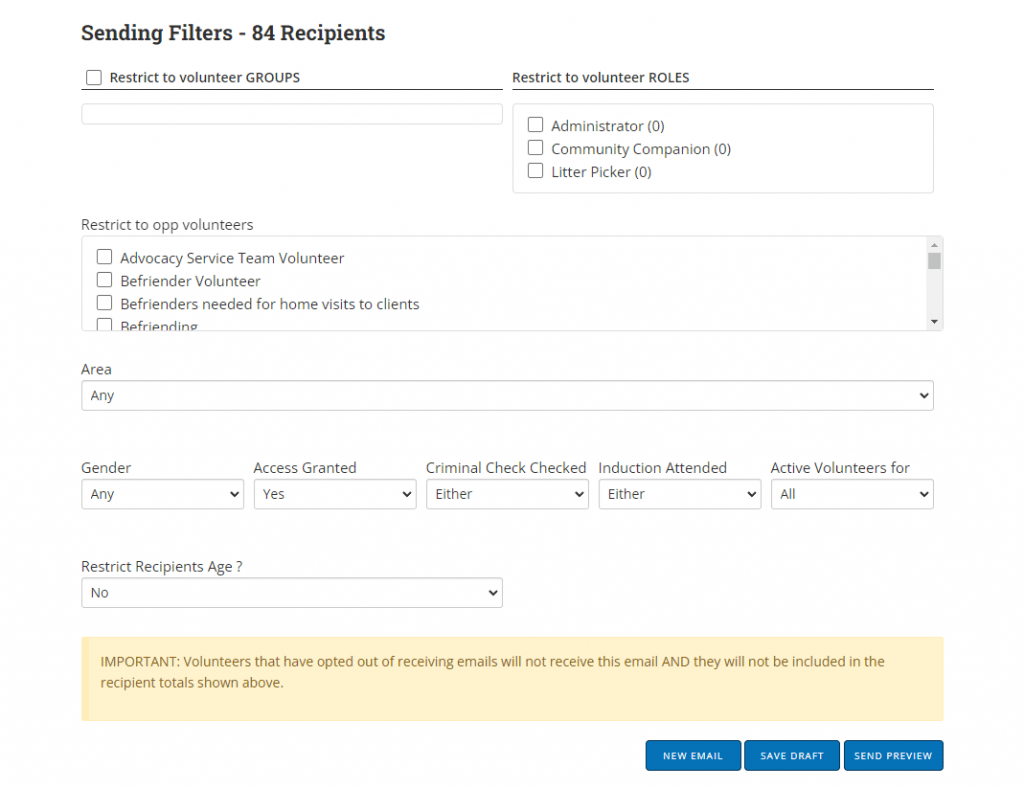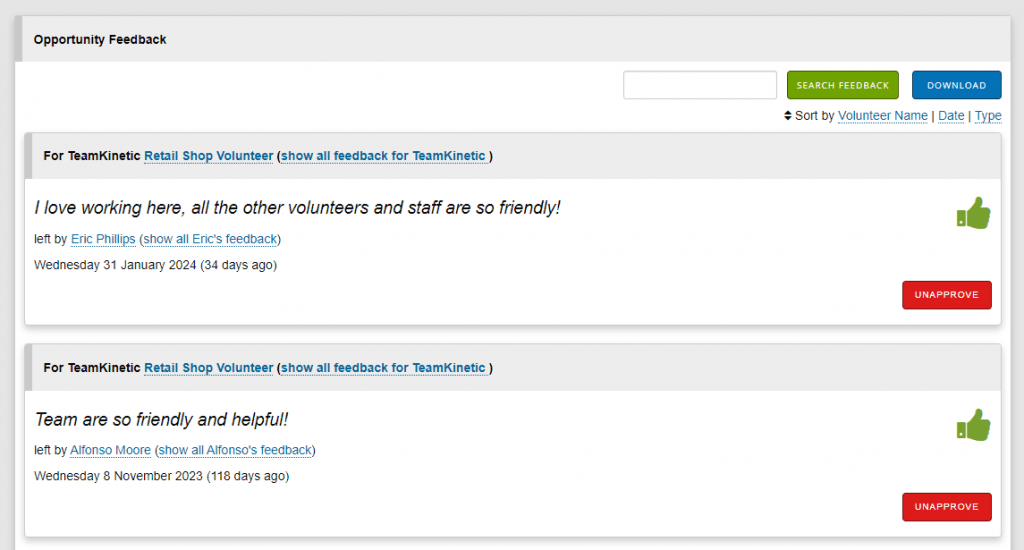This is a fantastic incite offered by Wired UK as to how the Government is revisiting its IT procurement strategy and the lessons learnt from the failure of Big IT.
http://www.wired.co.uk/magazine/archive/2014/04/features/7k-government-pcs
Each cabinet office PC costs UK taxpayers £7,000 a year. Why?
If you want to get an idea of how the UK public sector came to spend £17 billion per year — that’s the equivalent of 30-odd new hospitals — on information technology as recently as 2009-2010, you could do worse than delve inito the recent history of the Rural Payments Agency (RPA) and its new IT system.
As a government body, the RPA is charged with making the EU’s Common Agricultural Policy (CAP) support payments to farmers and traders, tracking livestock and carrying out inspections. It distributes £2 billion a year.
In 2005, the RPA spent £350 million on an electronic system to administer payments — four times the original estimate of £75.8 million. The system’s failings (it was deemed too complex), combined with management shortcomings, meant that, according to a National Audit Office (NAO) report, the RPA was at one point paying 100 contractors from the system’s main supplier, Accenture, an average of £200,000 each as part of £300 million-worth of additional staffing costs. A sum of £280 million was set aside to pay EU fines for failing to meet targets, and around £38 million was blown via irrecoverable overpayments to farmers. Overall, the NAO reported that the episode cost £680 million.
In a meeting room in Aviation House, home to the Government Digital Service (GDS), Ian Trenholm, chief operating officer at the Department for Environment, Food and Rural Affairs (Defra), smiles affably. Trenholm is a softly spoken man who began his career as an inspector with the Royal Hong Kong Police, and only joined Defra — within which the RPA sits — in June 2012. He played no role in the IT debacle. Nevertheless, Trenholm treads rather carefully as he picks through the wreckage. “The bottom line was that they put in an old-school Oracle system, which was a bit out of date even at the time, and there were hard-coded bits put on top of it since then,” he explains “The system was very difficult to update, and when we discovered the problems it was difficult to fix them.”
In 2015, a new CAP direct-payments system is scheduled to come into force in the EU. Trenholm reveals that the department’s first instinct was to “go out to the market to buy something”. But as that was more or less what happened the previous time, that idea was quietly shelved. “There was no way we could get this wrong a second time,” he says. “Nobody would forgive us.” Instead, Defra is trying a new approach that enables farmers and land agents to meet EU requirements by submitting information online about their land holdings. This should make CAP subsidies easier to administer, understand and apply for. Trenholm picks up a tablet to demonstrate how farmers are now able to view aerial photographs of their land via the new system. “This is saying, ‘OK we can build a core platform and we can use this mapping engine to do some quite interesting things in other parts of Defra, and even other parts of government,'” he says. In 2005, each transaction via the RPA cost, on average, £1,700. “We’ve got that down to £691 this year, and if we can get a significant number of farmers using this, it’ll dramatically reduce our costs.”
The farm-payments overspend is just one example of mismanaged recent government projects — with other victims ranging from the Child Support Agency to the National Identity Scheme to the NHS. But now Whitehall is being urged from the inside to act like a cost-aware startup when it comes to IT. The RPA overhaul is part of a wider initiative, led by Cabinet Office minister Francis Maude, to redesign digital services and end the binge-spending. A team that operates like a lean startup was hired in 2011 to run the government’s delivery of services and encourage competition for IT procurement. Doing so is no small task. It will require government to take on two powerful, entrenched, large-scale special interests in the UK: the civil service and legacy-technology companies. Can developers, designers and technologists — most drawn from outside government — bring changes to the way technology is used in Whitehall?
Due to deliver a lecture in San Francisco, Mike Bracken, the Cabinet Office’s executive director of digital, gets in touch from California via Skype to say: “We’re trying to reset government services for the digital age.” He joined the Cabinet Office in July 2011 and spent his first six months building the GDS. “What we’re trying to do is make public and government services ‘digital first’ and ‘digital by default’,” he says. “That was the mission we wrote down in Martha [Lane Fox’s] recommendations to Francis Maude in 2010.”
Why, Bracken asks, should the government escape the fundamental change the internet has brought to sectors from music to banking? Government is no different, Bracken says, because, in changing services for citizens — from how we apply for a new driving licence to how we claim benefits — the very organisation of government is disrupted too.
“As we transform transactions, we are inevitably transforming the organising principles of the state,” he says. “That is a radical departure for government, particularly our government, which is old and set in its ways. Our systems of government are so well-established that these changes look like seismic shocks.”
Revamping transactional services, as in the case of the RPA, has involved rebooting incumbent IT-procurement practices, largely through the creation of the G-Cloud, a government programme to deliver cloud information and communications technology services across the whole of the public sector. (Cloud-computing commodity and support services are sold via a platform called the CloudStore.) The shift away from major household-name system integrators (SIs) — Big IT, effectively — which have dominated Whitehall IT, in favour of small and medium enterprises (SMEs) and innovative or agile suppliers, has met with some resistance, not least from sections of the civil service.
“The civil service is a very large system, with cultural norms in place,” says Bracken. “The bigger the organisation, the stronger the internal logic. The cultural approach to technology-driven service provision in the civil service, and technology in general, was set in 1997 to 2000, and was one of ‘Let’s outsource risk and bundle all our contracts together, and give them to big SIs’. But government cannot outsource risk — we always pick up the bill. As we have for the last 15-18 years.”
It’s hard to gauge precise opposition to the government’s IT procurement reforms from among the UK’s 448,835 civil servants. For one thing, few would wish to risk their jobs by speaking out. However, a survey of 529 civil servants (across more than 70 government organisations) by not-for-profit IT provider Eduserv, exploring attitudes to G-Cloud and CloudStore, found that 36 per cent had concerns about the size and capacity of smaller providers and 29 per cent were nervous about working with new suppliers. Chris Chant — a career civil servant of 37 years, who was executive director in the Cabinet Office and programme director for G-Cloud until he retired in 2012 — says the culture of resistance in the civil service can run deep.
“They only know the world of the huge multinational SI and they’ve not seen anything else,” he says. “People tend to gravitate towards organisations and like-minded people. So you have this big lumbering organisation like the civil service, which sits opposite a big lumbering organisation like Hewlett-Packard, EDS, Fujitsu or IBM, and there’s no difference between them. Then, all of a sudden, you have a small organisation of 20 or 40 people, perhaps 100, which comes in and sits opposite you and is ready to go today, right now. And that’s a very difficult cultural change for some in the civil service to make,” he says. “They’ve not seen it before — and it’s not what they understand.”
According to Chant, who stresses that he is a supporter of the reforms, IT procurement in government was utterly broken — not least, he says, because at one point 80 per cent of government IT was controlled by just five corporate giants. He reels off some of the symptoms of this dysfunction: “Corporate desktops would take ten minutes to boot up and the same amount of time to shut down. Once, it took 12 weeks to commission a server and it cost £50,000 to change a single line of code. You’ve still got, I suspect, government employees, for whom Twitter and YouTube are a key part of their job, not being able to access them.”
Although the situation will have improved for some, he says, he’s certain that for many it hasn’t, and that tens of millions of pounds are being blown as a result. “The other day I asked [COO for Government] Stephen Kelly over Twitter if he’d sorted out the IT in the Cabinet Office, and he replied, ‘Soon’. This has been going on for ages. IT in the Cabinet Office costs £7,000 per person [per year]. When I put the system into GDS and came off the Cabinet Office system — and you can imagine the uproar there was about that — we saved around 80 per cent.
“If Kelly’s got £7,000 per person for the best part of 2,000 people in the Cabinet Office, an 80 per cent saving is about £11 million a year. In the scheme of the amounts of money we spend on IT, that may not sound much, but that situation has ticked on for two years. I imagine they’re still chatting about it — that’s what the civil service does.”
The RPA’s technology meltdown was just one in a catalogue of costly government IT blunders. The seeds were sown in the mid-90s, when a culture took root which locked departments into lengthy, expensive, inflexible contracts with Big IT, which supplied infrastructure and systems that were not fit for purpose and often required battalions of consultants to maintain them.
“We painted ourselves into a corner, where they [the big SIs] were in charge of what we were going to buy.”
Liam Maxwell, Government’s CTO
Other examples include the failure of the Child Support Agency, where IT (and management) problems led to a backlog of 300,000 cases and poor enforcement of uncollected payments, leaving thousands of families without cash. “The Department for Work and Pensions never really knew what it was doing in dealing with the contractors EDS, and the system was a turkey from day one,” said Edward Leigh, MP, who was chairman of parliamentary spending watchdog the Public Accounts Committee (PAC) at the time. Elsewhere, the £7.1 billion Defence Information Infrastructure (DII) project ran £180 million over budget and was 18 months late; the National Identity Scheme, budgeted at £3bn, ballooned to £5bn, before being junked by the coalition; and the National Offender Management Information System (C-NOMIS), a botched IT system for the UK prison and probation services, more than doubled in cost to over £600 million, before it was ditched altogether with £155 million already spent.
But all these pale beside the monster of IT fails: the National Programme for IT in the NHS (NPfIT). Launched in 2002 to create an electronic patient-record system, the NPfIT was blighted by glitches from the start and went on to cost the taxpayer £9.8 billion, according to Department of Health estimates. The government announced that it would be dismantled in 2011.
Problems caused by botched IT procurement mean that cash continues to haemorrhage: a National Audit Office report revealed that £34 million of IT work for Universal Credit (part of the coalition’s welfare reform programme) has already been written off by the Department of Work and Pensions, and the overall IT budget for the scheme has leapt from £396 million to £637 million. Last summer, Her Majesty’s Revenue and Customs (HMRC) revealed that it has spent more than £3.7 billion with Capgemini over the past five years. Meanwhile, the Crown Prosecution Service (CPS) bought 4,600 HP Elite Books running Windows 7 in 2011-2012 for front-line staff, at a cost of £865 per device (including hardware, software, security and support). The tablets, which weigh 1.8kg each, turned out to be too heavy for prosecutors to use in court and the CPS has had to provide lecterns so that the devices do not have to be held continuously in court.
“That’s incorrect specification, isn’t it?” says Liam Maxwell, the government’s chief technology officer, about the courtroom tablets. “That’s someone making a wrong decision.” Sitting in a conference room at the GDS, Maxwell repeats his favourite phrase. “On the back of my phone it says ‘What Is The User Need?’ because I spend so much time in department conversations with people, asking that question.”
In Maxwell’s view, the government’s turbulent history with IT results from the systems never being built around the people actually using them. “They were all done by an oligopoly,” he says. “Essentially, if you were running something, you would say ‘Let’s procure this’, but only ten to 15 firms could even bid for it — and even today if you look at the government’s hosting, 70 per cent of that is with three firms.”
The IT procurement culture, which Maxwell discovered when he arrived as director of ICT futures in the Cabinet Office, was one which stacked the deck firmly in favour of Big IT. “It wasn’t in the interest of a small business to write the bid, because it cost £60,000. So you’d end up going to one of the big vendors, who would say, ‘The only way “the market” will support this is for “the market” — ie us — to do this for five to seven years.’ We painted ourselves into a corner, where they [the big SIs] were in charge of what we were going to buy.” Later, he adds: “For years these guys were charging 100 times more than we could get it for.” Would he use the word “corrupt”? “No,” he fires back quickly, “I’d never say corrupt. We’ll stick with ‘oligopoly’.”
Few of the multinational SIs — those with the most to lose from the government’s reforms — have commented publicly on the changes. Indeed, giants including CSC, IBM, Microsoft and Avanade declined interviews for this story. Fujitsu, a major government supplier, sent a statement from its UK and Ireland CEO, Duncan Tait, acknowledging that SMEs have much to offer customers. “They provide the kind of agility, innovation and flexibility that can deliver great results for their customers. What we hear from SMEs, though, is that there are three main barriers to winning contracts directly from government and large enterprises: the bidding processes; the cost of bidding; and the risks involved,” he says. “The steps the government has announced to ease the bidding process for smaller suppliers are incredibly positive; but Fujitsu believes that the other two barriers — the costs in bidding and the risk issue — can only be mitigated by working in collaboration with a larger partner who is better equipped to absorb them.”
Speaking to Government Computing Network in May 2013, Richard Trevor, regional VP of UK public sector at HP, attacked the decision to favour SMEs over larger, more established firms. “Major IT suppliers are better placed to tackle issues such as legacy and standardisation… and upgrading the infrastructure already in place,” he said.
Susan Bowen, HP’s UK and Ireland chief of staff, pointed out in an email to Wired that, in January 2012, the company launched its SMEngage programme to work with UK SMEs and that around a third of its UK supply chain — 600 companies — is SMEs.
Meanwhile, Tim Gregory, president of CGI, has also hit out at the reforms. “I find this adversarial approach quite unhealthy,” he told ComputerworldUK. I’m not saying the government shouldn’t be driving value for money, and previous suppliers have taken advantage, but the pendulum is in danger of swinging too far the other way.” He declined to talk to Wired for this story.
When these quotes are read back to Bracken, they are greeted with a derisive snort. “I just think it’s laughable,” he splutters. “If Parliament had called me an oligopoly I’d have been worried about it. Instead they complain about what a small number of people are doing in the centre to try and even up a playing field to get more providers into government.
“It’s not the companies we object to. [But] there are two prevalent business models here, which we’re not going with any more, and Francis Maude made that clear in his internet speech in April 2012. The first is a sort of clear-your-decks approach to big IT projects which brings in thousands of consultants at a huge price, inflates the whole thing and doesn’t deliver. The second is this big, outsourced model where we effectively give away the service and have it serviced back to us.
“What you’re hearing is some companies saying, ‘We don’t like the rules of the game any more.’ Well, those companies have had the rules of the game almost tailored to them for the best part of two decades. We just want healthy competition and we want to open the doors of government to the hundreds of digital and technology companies in the UK.”
Yet some industry insiders question whether the G-Cloud is actually competitive. Blogger David Moss, an IT professional with 36 years’ experience in the industry, noted that one SME has landed a number of contracts via the G-Cloud. Skyscape Cloud Services, based in Farnborough, holds (at the time of writing) contracts with HMRC, the MoD and the Home Office, despite only being incorporated in May 2011.
In a June 2013 post entitled “G-Cloud — how to win”, Moss blogged that Skyscape beat G-Cloud competitors despite the fact that it appeared to have little track record. He wondered whether this was related to the fact that Skyscape’s commercial director, Nicky Stewart, had previously worked for the Cabinet Office (formerly the OGC) as head of ICT strategy delivery where she led, according to Skyscape’s website, “a team of specialists to deliver the commercial aspects of the Government ICT Strategy”.
“All parties deny any such suggestion, but it looks like a comfy, keep-it-in-the-family arrangement pretending to be open to market competition,” says Moss. Simon Hansford, CTO of Skyscape, responded to Wired: “Nicky has never held a sales role within Skyscape, or any other organisation. Nicky uses her public-sector expertise, and her knowledge of how the UK government purchases, to ensure that Skyscape develops its policies, principles and services in a way that aligns with government ICT strategy principles and meets the needs of the UK public sector. All of Skyscape’s business is won through fair and open competition and Skyscape’s success comes down to its disruptive business model.”
When this alleged conflict of interest is put to Bracken, he laughs: “I don’t know who Nicky Stewart is, so I’ve no idea,” he says. “We face a systematic problem in the civil service of having a revolving door, usually outwards back to large systems integrators. We can’t just tell people in government that you can’t work for suppliers. [But we can] do a lot to make sure this doesn’t happen, by not handing out massive contracts and then having our best brains and people who know our services going to the places who are delivering them back to us.”
Asked what a “digital by default” government might look like a decade from now, Bracken demurs. “We don’t set a vision for what the government might look like, we set the vision of what the user experience will look like,” he says. But Maxwell, who reports to Bracken, is more forthright on the subject. “We’ll have a digital government,” he says. “You’ll be able to conduct your transactions, which you need to do with the state, in the same way you would with PayPal or Amazon today.”
Much is riding on what the GDS is trying to implement both in terms of the delivery of services and the procurement of technology for government.
“If we’re not relevant to the public,” he adds, “at some point they’re going to turn round and say: ‘Mate, why am I spending all this money with you?’.
James Silver wrote about the future of robots in Wired 04.13. Additional reporting by Claudia Canavan
You can find TeamKinetic on social media and listen to our podcast:
Twitter Facebook LinkedIn YouTube Instagram Podcast
Have you enjoyed using TeamKinetic? If you could leave us a review on Capterra, we’d really appreciate it! We’ll even send you a little thank you.







